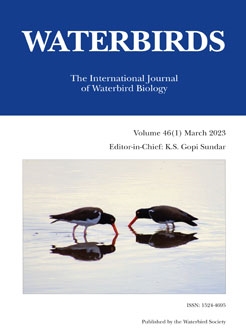The main reasons for the global biodiversity decline are the destruction and degradation of natural habitats caused by human activity by transforming them into agricultural lands. Although this transformation has been linked with decreased biodiversity, some bird species might have learned how to benefit from newly created habitats. We studied home ranges and habitat preferences for daytime activity and roosting of two sedentary Marsh Harriers (Circus aeruginosus) from the Evros Delta and the Mediterranean coast of the Iberian Peninsula using the results of satellite telemetry tracking. The size of the home range for the bird tagged in the Evros Delta was 158 km2 (dynamic Brownian Bridge Movement Model, 95 %), while for the Iberian bird, this was more than nine times greater (1488 km2). Monthly home ranges noticeably increased during winter in Evros Delta in both years.. The birds chose habitats such as non-irrigated arable land, watercourses, inland marshes, and dump sites for daytime activity. In contrast, they avoided habitats like rice fields and complex cultivation patterns. Water-related natural habitats like inland and salt marshes were intensively used as nocturnal roosts. Despite the general negative effect of human pressure, our results showed that the species seemed to tolerate and benefit from some types of humanized environments of estuarine landscapes.
How to translate text using browser tools
22 November 2023
Ranging Behaviour and Habitat Selection of Sedentary Western Marsh Harriers (Circus aeruginosus) in the Mediterranean Estuarine Landscape.
Ivan Literák,
Lavrentis Sidiropoulos,
Jan Škrábal,
Thijs Valkenburg,
Šimon Krejčí,
Marek Dostál,
Elisabeth Navarrete,
Dimitris Vasilakis
ACCESS THE FULL ARTICLE

Waterbirds
Vol. 46 • No. 1
March 2023
Vol. 46 • No. 1
March 2023
behaviour
Circus aeruginosus
ecology
home range
raptor
telemetry




